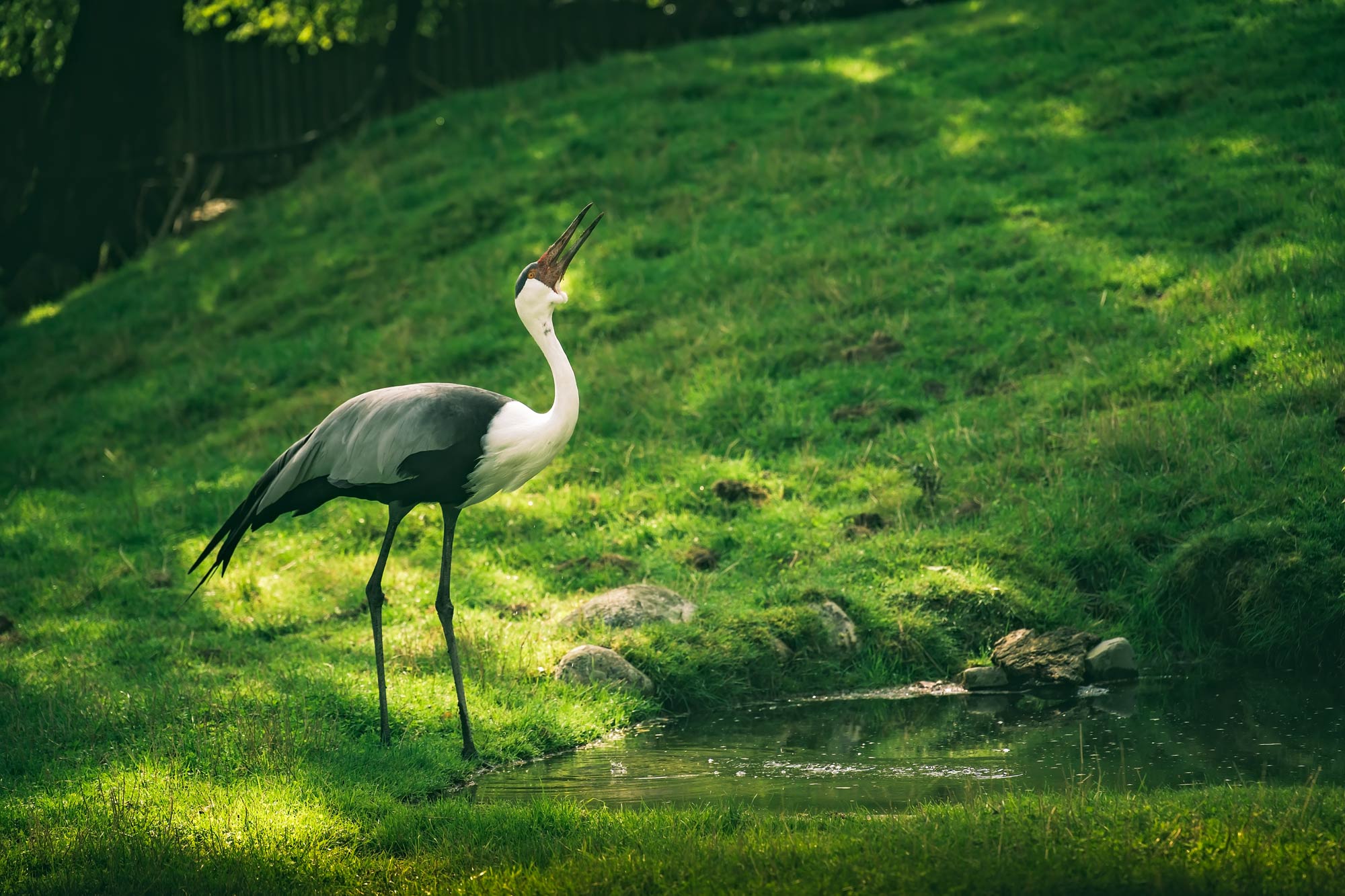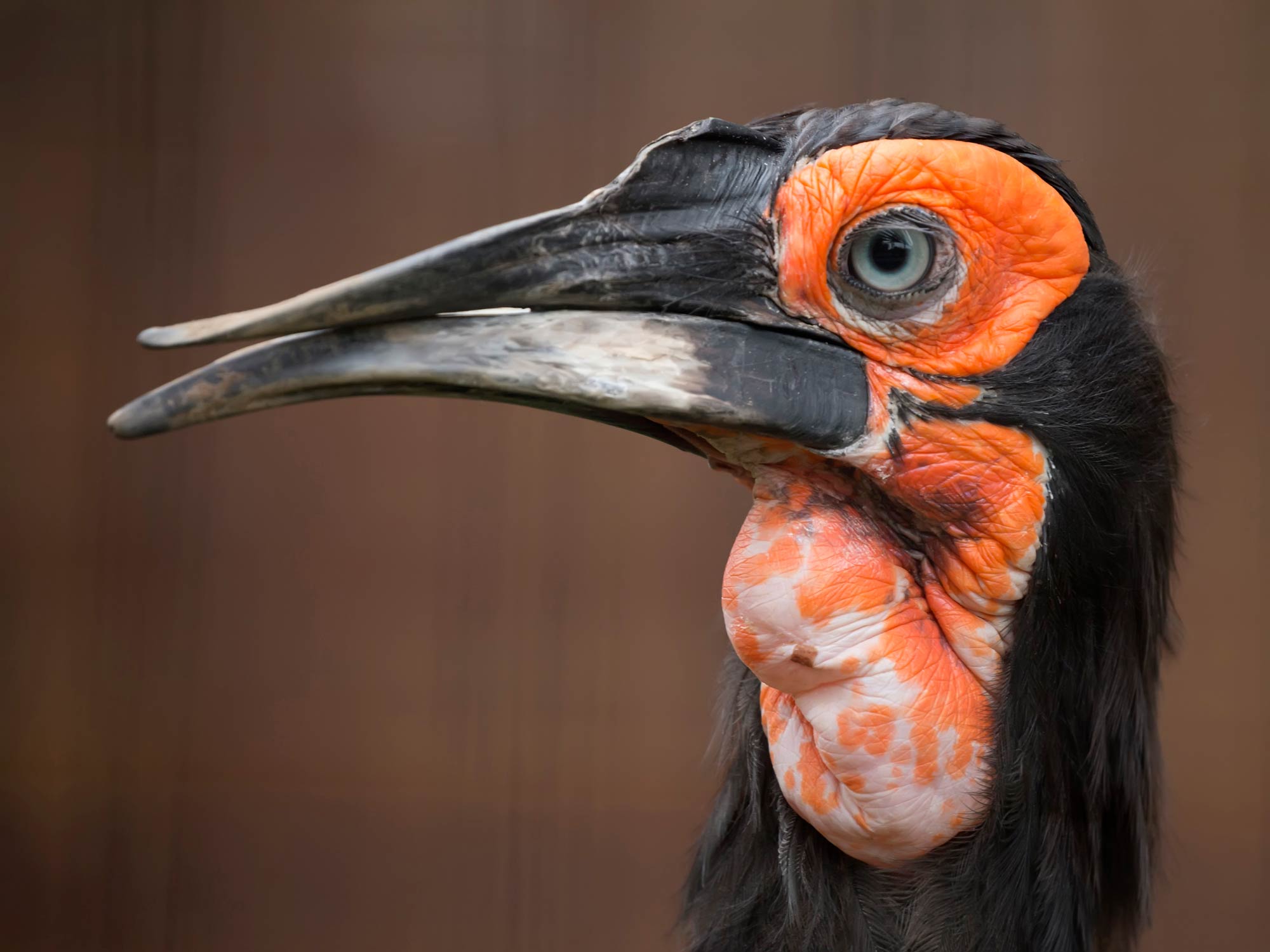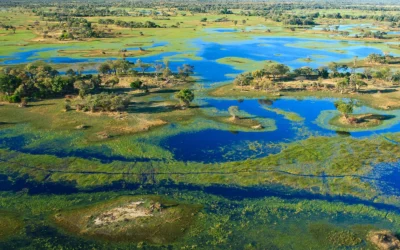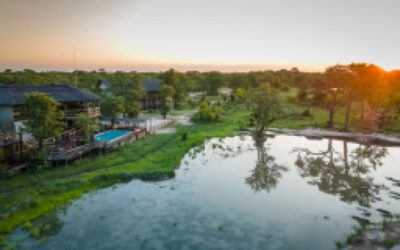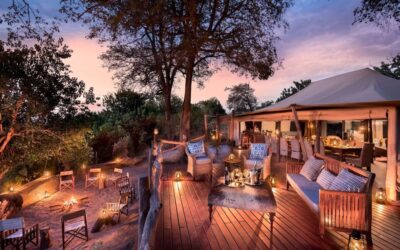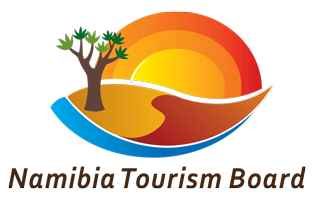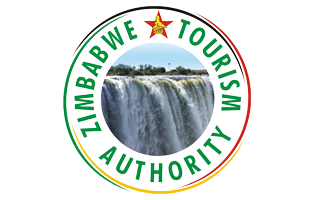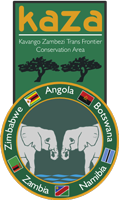
In the Realm of River Songs and Feathered Giants
Where the mighty Okavango fans out like an emerald bloom across the Kalahari sands, and the Chobe River meanders through ancient elephant paths, Botswana offers a birdwatching tapestry as vast and vivid as the skies above. This is a land where rivers shape life, and where every sunrise unfurls with the chorus of wings.
Welcome to Botswana’s story within the Kavango Zambezi — a sanctuary of wetlands and woodlands where birds are both spectacle and spirit.
Avian Abundance
What to Look For
Botswana’s birdlife is profoundly shaped by its iconic water systems: the Okavango Delta, the Chobe River, and the Linyanti Swamps. Each attracts a breathtaking diversity of species:
Where to Watch Birds in Botswana
When to Visit
-
November to April (Green Season): Migratory species arrive, breeding plumages blaze, and the wetlands are rich with life.
-
May to October (Dry Season): Easier viewing as vegetation thins; raptors and large flocks dominate open habitats.
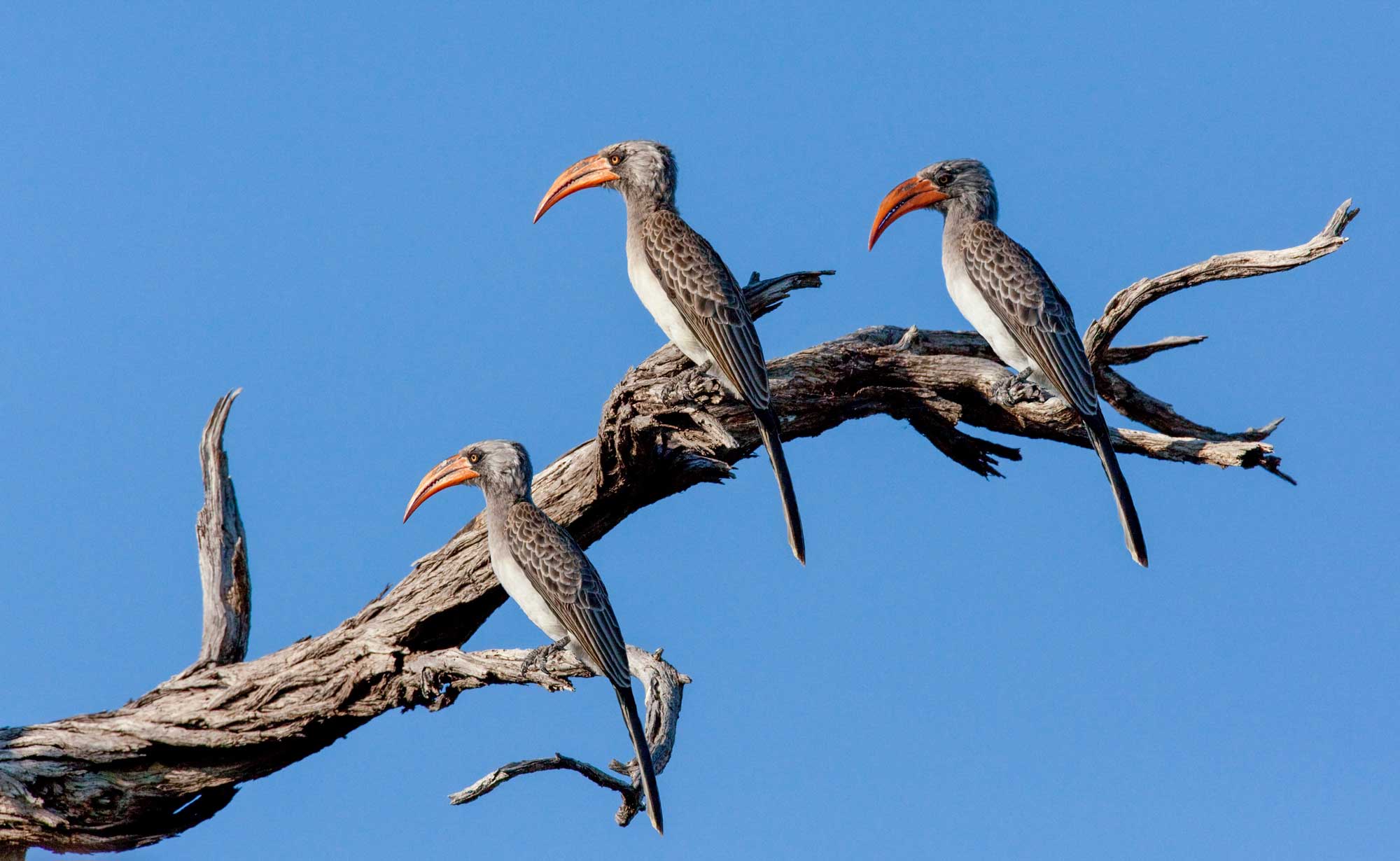
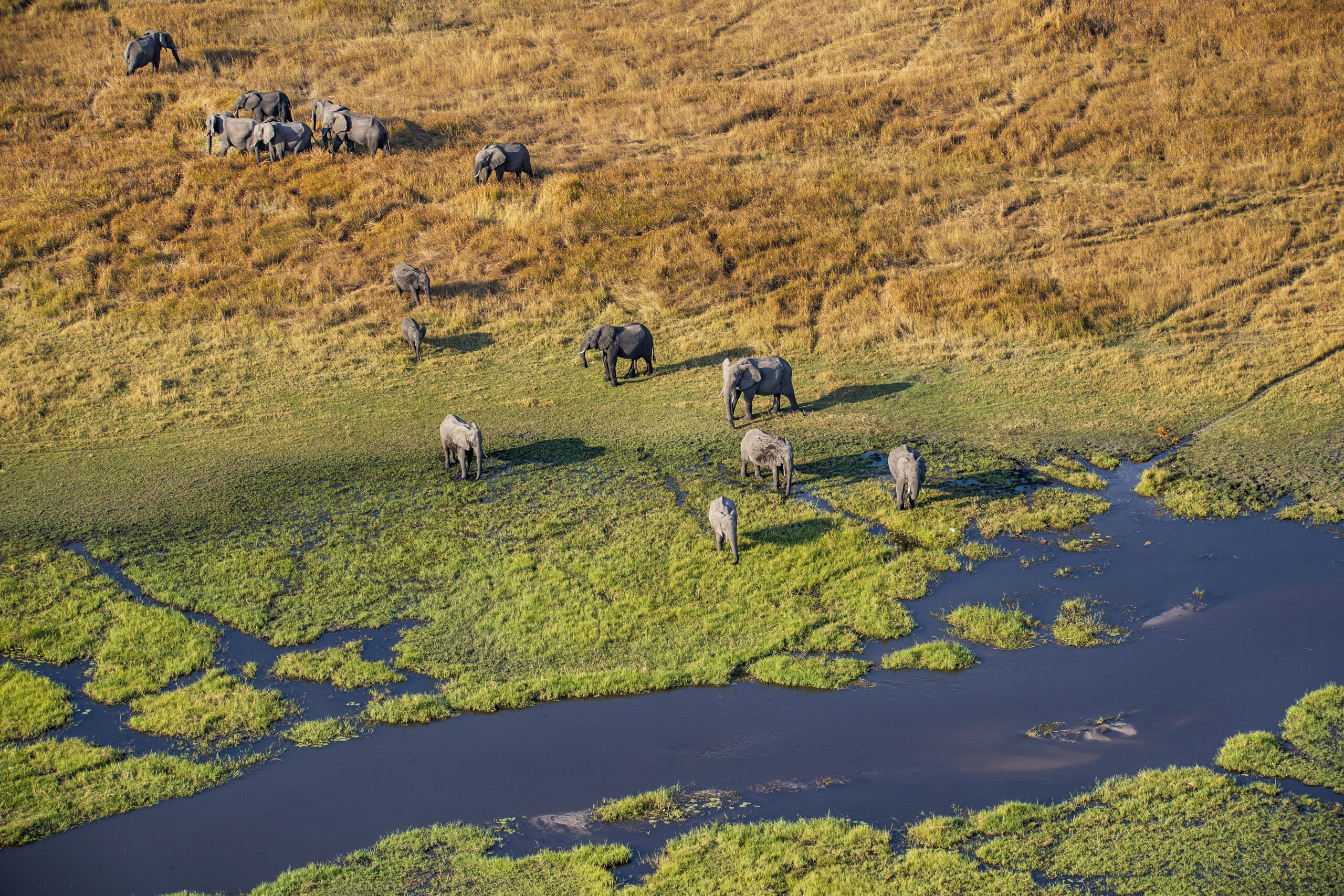
Experience That Supports Conservation
Botswana’s conservation-led tourism model means every birdwatching moment contributes to protecting habitats and uplifting communities. Locally owned lodges, community guides, and low-impact excursions let you explore with heart and purpose.
You are not merely observing. You are participating — in a grand effort to honour and preserve the Rivers of Life.

 Angola
Angola  Botswana
Botswana  Namibia
Namibia  Zambia
Zambia  Zimbabwe
Zimbabwe 